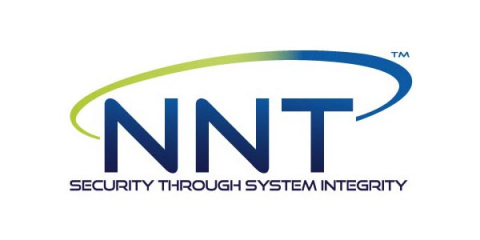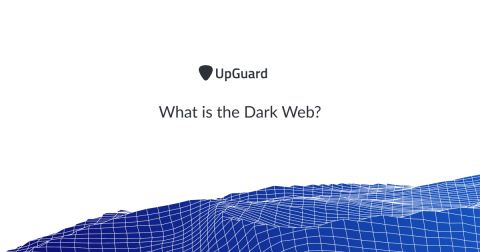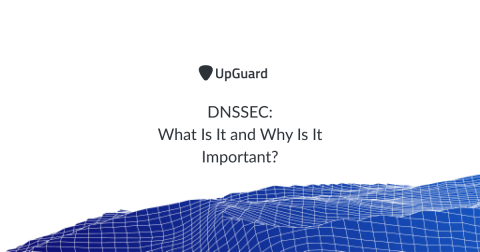What is Cyber Defence Intelligence?
Cyber defence intelligence has been one of the most popular topics of discussion within the IT circles. What is it? Why is it important? Should you invest in it? We sought answers to all these questions in our article. What is Cyber Defence Intelligence?








